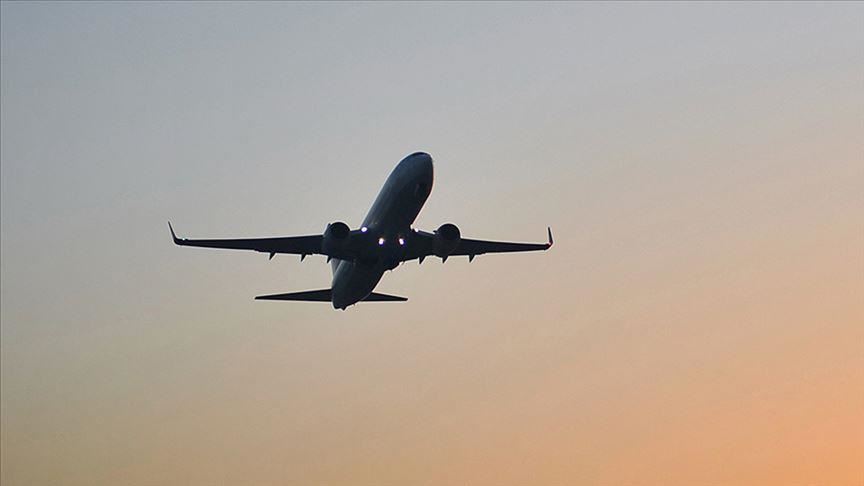Air travel across the Middle East remained heavily disrupted on Sunday, as major airlines continued to steer clear of the region’s skies after recent U.S. military strikes on Iranian nuclear facilities. The airspace over Iran, Iraq, Syria, and Israel now lies largely empty — a clear reflection of the heightened fear and uncertainty following weeks of escalating conflict.
FlightRadar24, a global flight-tracking service, reported that aircraft are sticking to alternative routes, either navigating north over the Caspian Sea or taking the longer southern route over Egypt and Saudi Arabia. These detours, while safer, come at a cost — longer travel times, higher fuel usage, and added pressure on airline crews.
The current air traffic pattern is just one symptom of a wider unease. For weeks, the Middle East has been a flashpoint for drone strikes, missile launches, and diplomatic friction, leaving both commercial airlines and travelers on edge. “Following US attacks on Iranian nuclear facilities, commercial traffic in the region is operating as it has since new airspace restrictions were put into place last week,” FlightRadar24 confirmed on social media platform X.
Air safety experts are growing increasingly concerned. Safe Airspace, a platform run by flight risk information group OPSGROUP, warned that U.S. operators in the region now face a higher threat level — even though no direct threats to civilian aircraft have been made so far. Iran, however, has signaled that it may retaliate against U.S. interests, potentially through allied groups like Hezbollah.
The ripple effects have been significant. Since Israel’s June 13 strikes on Iranian territory, many airlines have suspended flights to affected countries. American Airlines and United Airlines, for example, paused their services to Qatar and Dubai, respectively. Safe Airspace notes that risk zones may soon expand to include Bahrain, Kuwait, Oman, Qatar, Saudi Arabia, and the UAE.
On the ground, the humanitarian toll is growing. Israel’s national carrier, El Al, along with Arkia and Israir, have suspended special rescue flights, stranding tens of thousands of passengers abroad. The country’s airports authority has closed Israeli airspace to all flights. Meanwhile, nearly 40,000 tourists currently in Israel are desperately seeking routes out — some crossing into Jordan, others boarding ferries to Cyprus.
Governments around the world are stepping in to support their citizens. Japan’s foreign ministry has now evacuated dozens of people from Iran overland to Azerbaijan and is preparing for more such efforts. Similarly, New Zealand has announced it will dispatch a Hercules C-130J military aircraft to the Middle East, ready to assist New Zealanders in need of evacuation.
As skies grow quieter and tensions rise, the global aviation industry — and the countless lives connected to it — remain on high alert. For now, caution prevails over convenience.




